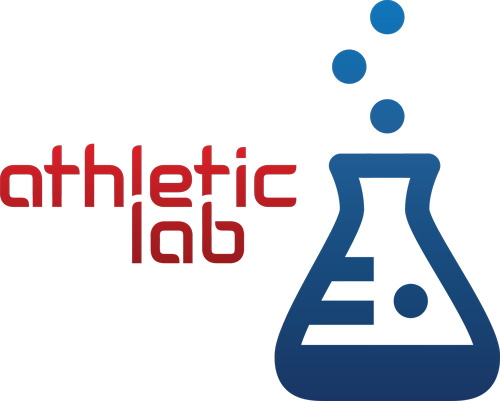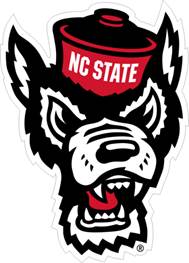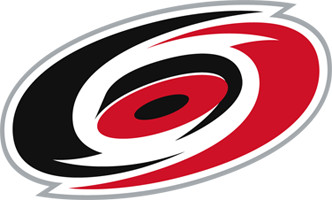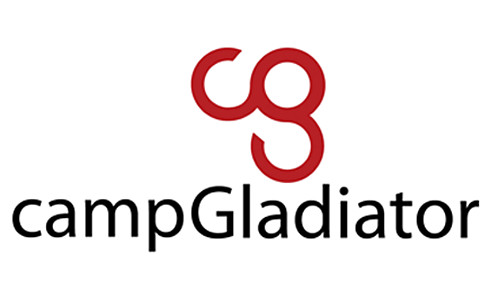Written by Brian Schiff PT, OCS, CSCS
Shoulder pain is common among overhead athletes, weightlifters, gymnasts, swimmers, Cross Fit enthusiasts and middle-aged adults. The rotator cuff, which consists of 4 small muscles, works to form a protective sleeve around the shoulder socket and allows for optimal shoulder function. With repetitive activity or trauma, the rotator cuff can become inflamed or injured. In addition, a fall or traumatic collision can also injure the cuff.
Signs and symptoms of rotator cuff dysfunction may include:
- Pain along the top of the shoulder and upper/lateral arm that increases with overhead activity, throwing, or reaching behind the back
- Pain at night or discomfort when laying on the affected side
- Weakness
- Limited range of motion
How do you know if you have a tear? The hallmark signs of a rotator cuff tear are nocturnal pain, a positive “shrug sign” when trying to lift the arm up or inability to lift the arm up, and a marked loss of strength/function. Even small tears can cause marked pain. Conversely, there are also cases where patients with large or even multiple tears have little to no pain with activities of daily living. Tears are classified as:
- Small (< 1 cm)
- Medium (1-3 cm)
- Large (3-5 cm)
- Massive (> 5 cm)
Rotator cuff tears are more common in men, especially over the age of 60. Cuff tears are ultimately treated according to the size of the tear, age and demands of the patient as well as level of current disability. In some cases, physical therapy is successful in restoring adequate function without surgery. If surgery is needed, physical therapy is an integral part of the recovery process that generally last 6 months following rotator cuff repair.
Tendinitis is associated with overuse and responds favorably to relative rest, physical therapy and anti-inflammatory medications. Typically, rotator cuff pain related to tendinitis (or bursitis) will subside in 4-6 weeks with proper treatment. In the cases of longstanding pain, the tendon may undergo physiologic changes leading to a condition known as tendinosis. In part this is due to a relatively poor blood supply to the tendons as well as continued wear and tear with activity. Conservative care including physical therapy is the standard of care for the majority of cases that involve rotator cuff tendinitis/tendinosis.
If conservative care fails, the orthopedic surgeon may suggest a cortisone or PRP injection and/or MRI to determine if a tear is present. Differential diagnoses for rotator cuff pathology include shoulder instability, internal impingement, labral tears, adhesive capsulitis and arthritis. A good clinical exam along with standard x-rays will help establish a concrete diagnosis and plan of care.
About the Author
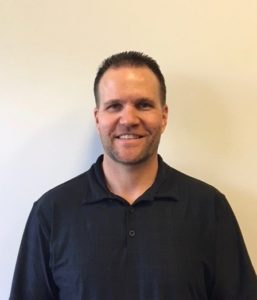
Brian Schiff PT, OCS, CSCS
bschiff@raleighortho.com
Brian Schiff graduated from Ohio State University in 1996 with a Bachelor’s of Science degree in Allied Health Professions, Physical Therapy. He became a Certified Strength & Conditioning Specialist (CSCS) through the National Strength & Conditioning Association in 1998. From 2002-2006, Brian served as the Strength & Conditioning coach for the Columbus Crew Major League Soccer Team. Brian is an APTA board-certified Orthopaedic Clinical Specialist (OCS) and also certified in Functional Movement Taping (FMT) and the Functional Movement Screen (FMS). In 2014, he became credentialed to perform Dry Needling.
Brian has worked as the supervisor and Sports Physical Therapist for Raleigh Orthopaedic Performance Center since 2010. He specializes in treating orthopaedic and sports medicine cases and has a special interest in rehabbing baseball injuries and ACL prevention/rehab. Brian has worked with athletes in NFL, NBA, MLB, NHL, MLS, USTA, US Rugby as well as numerous Division 1 Collegiate athletes. He currently serves as a PT consultant for the Carolina Hurricanes. Brian is also a faculty member for Allied Health Education and presents continuing education webinars and live seminars for PT’s, ATC’s and fitness professionals.




